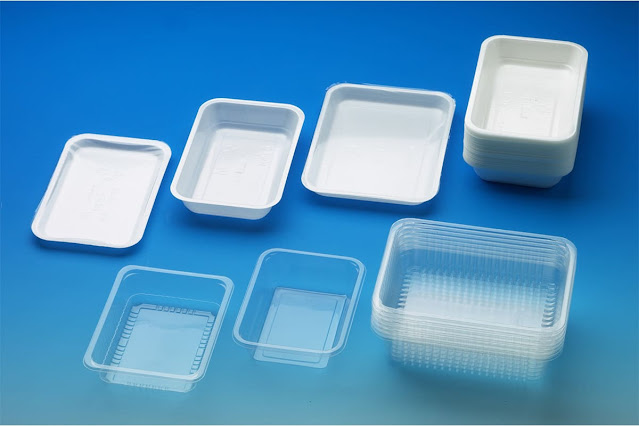The Role of Transparent Plastics in Electronics and Gadgets
Transparent plastics have become integral components in the world of electronics and gadgets, revolutionizing the design, functionality, and durability of these devices. As technology advances and consumer demands evolve, the unique properties of transparent plastics have opened up new possibilities in various electronic applications, providing manufacturers with innovative solutions to meet user needs.
One of the prominent applications
of transparent plastics in electronics is the production of display screens and
touch panels. Polycarbonate and acrylic, among other transparent materials, are
used to create protective covers for LCD, OLED, and touchscreen displays. These
materials provide excellent optical clarity and scratch resistance, ensuring
that users can interact with their devices effortlessly while enjoying a crisp
and vibrant visual experience.
Moreover, the advent of flexible
and foldable electronics has been made possible, in part, by the incorporation
of transparent plastics. Flexible displays, which are becoming more prevalent
in smartphones and wearable devices, utilize thin and lightweight plastic
substrates that can bend and curve without compromising on display quality.
According to Coherent Market Insights, the Transparent
Plastics market size was valued at US$ 161.2 billion in 2022, and it is
expected to reach USD 214.91 billion by 2030, growing at a CAGR of 3.66% during
the forecast period.
Transparent plastics also play a
crucial role in optical components used in cameras and optical sensors. The
lenses, covers, and housings made from these materials provide superior light
transmission properties, allowing for improved image quality and sensor
performance.
In portable electronic devices,
such as smartphones and tablets, the use of transparent plastics extends beyond
display protection. The outer casings and back panels made from durable and
impact-resistant transparent materials, like polycarbonate, offer protection
against accidental drops and impacts, enhancing the overall ruggedness of these
devices.
Additionally, the miniaturization
of electronic components has been made more feasible by using transparent
plastics. These materials enable intricate and precise molding,
allowing for the creation of smaller, more compact parts that fit seamlessly
into the devices without compromising on structural integrity.
Furthermore, the integration of
transparent plastics in wearable technology, such as smartwatches and fitness
trackers, has expanded the capabilities of these devices. Transparent materials
allow for the seamless integration of sensors and health monitoring
technologies without obstructing user interfaces or impeding data collection.
The role of transparent plastics
in the electronics and gadgets industry is not limited to traditional devices.
Transparent conductive films, often based on materials like indium tin oxide
(ITO) or conductive polymers, are used in flexible touchscreens, electronic
displays, and even electronic clothing. These films offer transparency while
enabling touch sensitivity, making them vital components in next-generation
electronic devices.
As technology continues to
advance, transparent plastics will likely find applications in emerging
technologies like augmented reality (AR) and virtual reality (VR) devices,
foldable and rollable displays, and transparent wearable electronics, further
transforming the way we interact with and use electronic gadgets.
The unique properties of
transparent plastics have revolutionized the electronics and gadgets industry,
enabling the design of sleek, durable, and high-performance devices. From
display protection to wearable technology and optical components, transparent
plastics continue to push the boundaries of innovation, contributing to the
development of cutting-edge electronic devices that enhance our daily lives. As
research and technology continue to advance, we can expect transparent plastics
to play an increasingly pivotal role in shaping the future of electronics and
gadgets.



Comments
Post a Comment